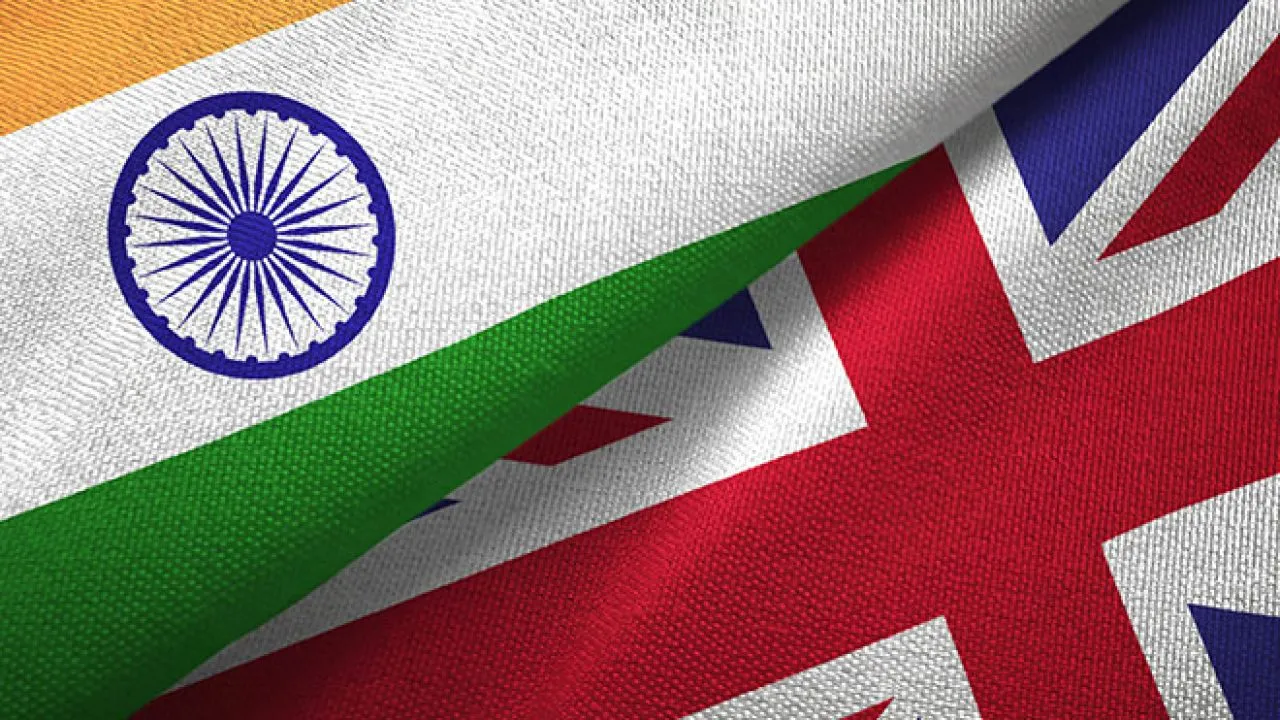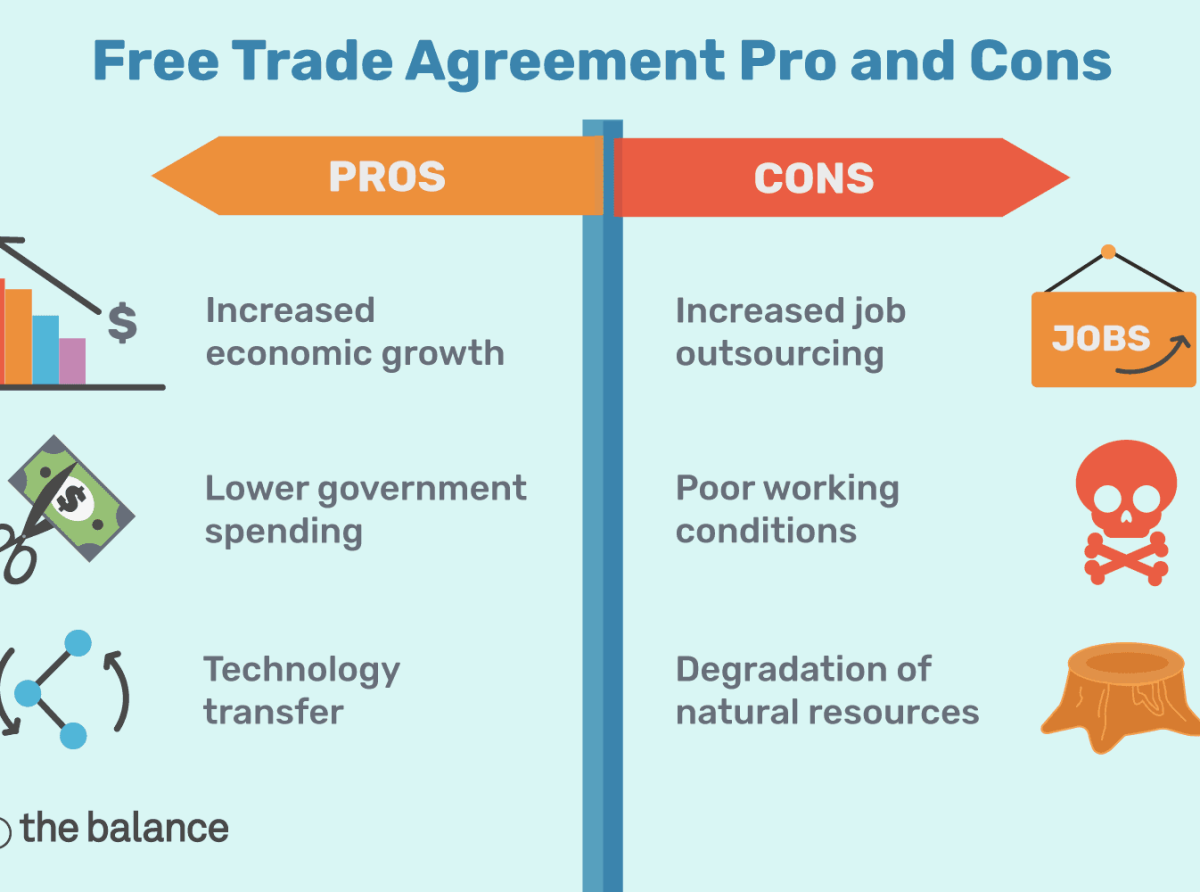01 May 2022, Mumbai:
FTAs are agreements between two or more nations or trading blocs to lower or remove customs tariffs and non-tariff obstacles to significant trade between them. FTAs often encompass goods or services (banking, building, and trading).
Other topics covered by FTAs include intellectual property rights (IPRs), investment, government procurement, and competition policy.
_large.jpeg)
ALSO READ India is currently in the process of negotiating FTAs with several countries
According to an RBI article published on Wednesday, India has to pursue free-trade agreements (FTAs) with major export destinations such as the EU and the US to boost clothing shipments in the face of rising competition from Bangladesh and Cambodia which benefit from tariff cuts.
India has long had a comparative advantage in the textile industry, which includes clothing, and it accounts for a significant portion of India's export basket.
1_large.jpg)
India is currently in the process of negotiating FTAs with the EU, Australia, UK, Canada, Israel, and other countries/regions. India is facing tariff disadvantage in some of the markets such as the EU, UK, etc. as compared to neighbouring competing nations like Bangladesh, Cambodia, Sri Lanka, etc.
According to the article in the RBI Bulletin, India's garment exports to the EU, which is the largest market for apparel exports, have remained stagnant over the previous decade, while other nations such as Bangladesh, Vietnam, and Cambodia have had strong growth.
_large.jpeg)
RELEVANT NEWS FTAs: Garments could form part of early harvest in trade talks with different countries
According to the RBI article, India has to pursue free-trade agreements with its key export destinations, the United States and the EU, to avoid the competitive disadvantage it now confronts due to its competitors' tariff-free access.
The authors believe that the newly implemented production-linked incentive (PLI) program for textiles, which is targeted at increasing the production of MMF fabric, MMF clothing, and technical textiles, is a step in the right direction.
The higher cost of Indian garment exports than rivals is due to higher transportation costs due to a broader geographical spread, high inland transportation costs, and significant production hubs.

RELEVANT NEWS RBI article: To push Indian apparel exports, pursue FTAs
In addition, the new deal(2021) grants India a more liberal visa system, including a three-year visa for intra-corporate transfers and a 90-day pass for business travelers and contractual service providers.
It's worth noting that clothing exporters from Bangladesh, Vietnam, and Pakistan benefit from a tariff advantage of roughly 10% to 11% thanks to specific programmes that they qualify for.
The Government, under its Market Access Initiative (MAI) scheme, provides financial support to various Export Promotion Councils (EPCs) and Trade Bodies engaged in the promotion of textiles and garments exports, for organising and participating in trade fairs, exhibitions, buyer-seller meets, etc.

This is expected to expand the market for Indian producers.
FTAs have been a crucial catalyst in growing exports of LDCs or the buying country's preferred trade partners, particularly in the case of the United States, which is the country's top garment buyer.
According to reports, the Comprehensive Economic Partnership Agreement will grant India duty-free access to its mobile phones.
Free Trade Agreement (FTA) countries apparel export share to the USA has risen to 16% to $11.16 billion compared to other non-FTA nations in January to October 2021 calendar year period.
Join our community on Linkedin

























